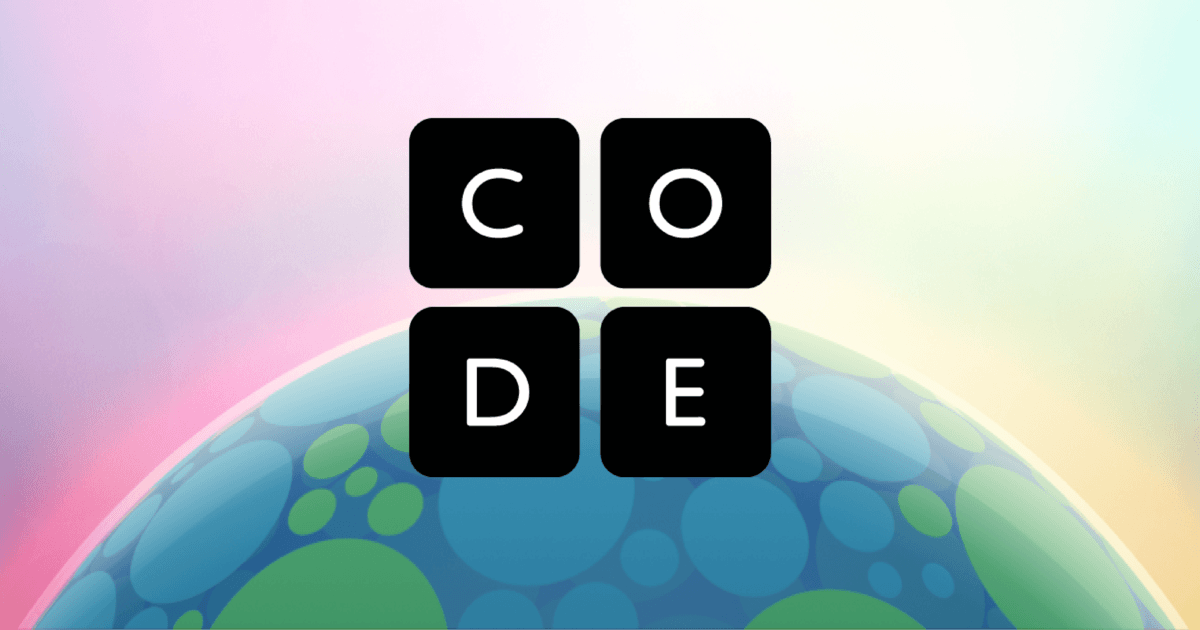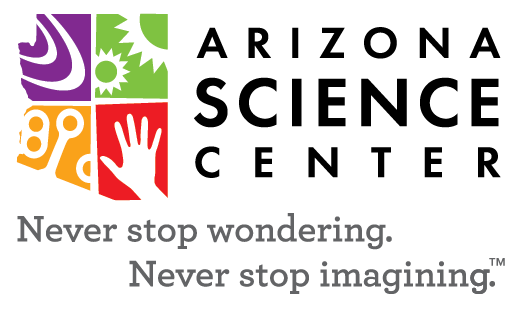December is Computer Science Month! Computer Science Education Month is an annual call to action to inspire K-12 students to learn computer science, advocate for equity in computer science education, and celebrate the contributions of students, teachers, and partners to the field.
Resources

CS Modules From Code.Org
CS Connections modules are a structured series of lessons that integrate computer science learning into core subject areas like math, ELA, and science. These modules are aligned to standards across subjects and culminate in a cross-curricular project. See how computer science meets language arts, math, and more in our curriculum!

Offline Coding
Computer Science At-Home
Programming is building the instruction through programming language for a computer to complete tasks for a desired output. Coding = following directions!
Computer Science Is Foundational
- Every 21st century child should have a chance to learn about algorithms, how to make an app or how the internet works.
- Use of CS in the classroom directly correlates with better test scores in math, reading and science.
- A computer science major can earn 40% more than the college average.
- $.58M lifetime earrings of a high school graduate
- $1.19M lifetime earrings of a college graduate
- $1.67M lifetime earrings of a computer science major
Did You Know?
- According to the Bureau of Labor Statistics, the field of computer science is growing much faster than average at 16% growth per year. Computer scientists can work in a wide array of job titles, including: software developer, computer and information systems manager, computer programmer, web developer, and more.
- Areas of computer science include programming, software engineering, information theory, algorithms, databases and graphics.
Become A Member
Arizona Science Center Members enjoy year-long general admission, early entry on weekends, discounts on Planetarium and Giant Screen Theater tickets and much more. Explore our available Memberships today—they pay for themselves in as little as two visits!

